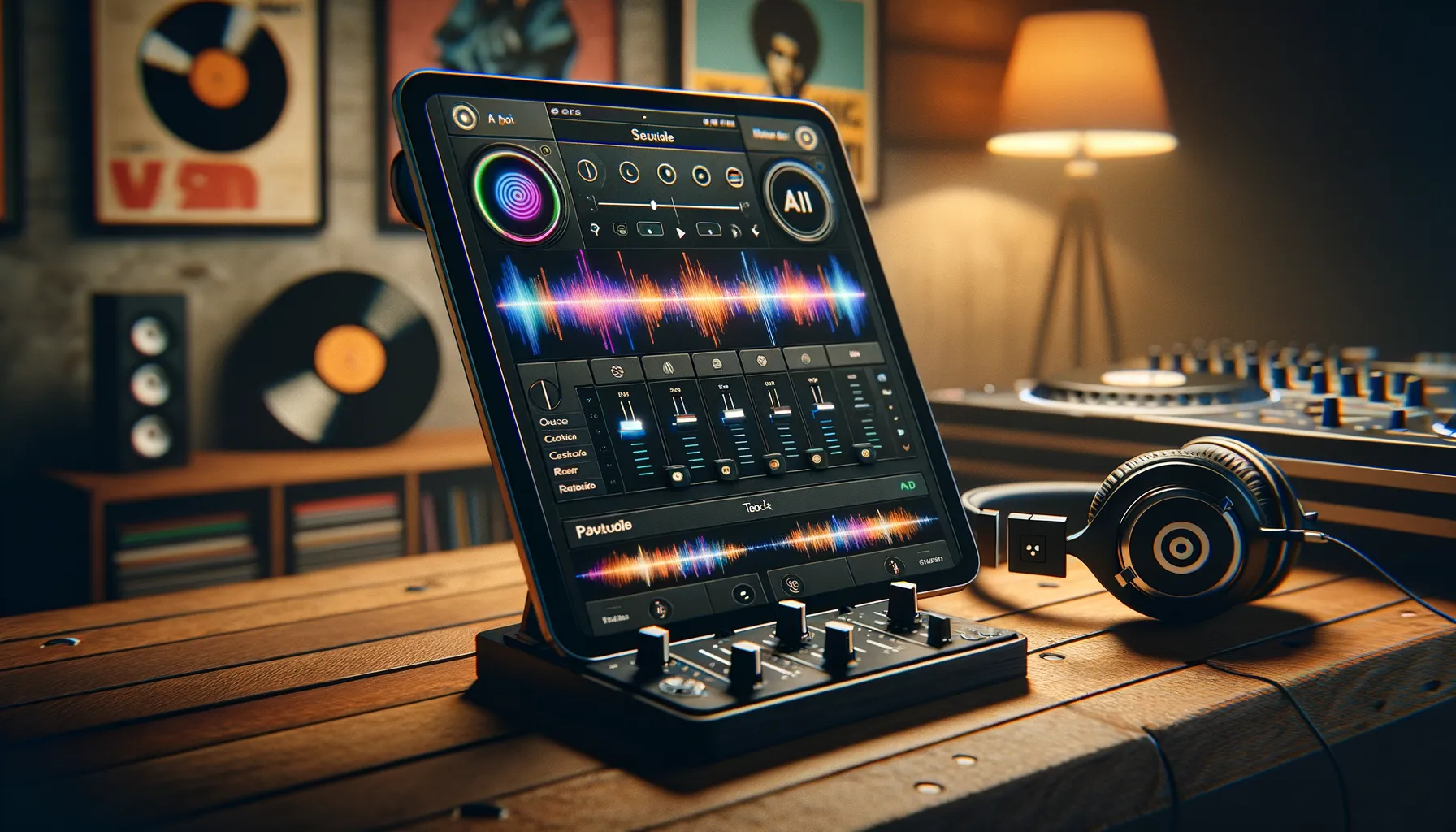The Lincoln Cent was made from 1909 until 1958, Victor David Brenner made the design, so this new look replaced the old Indian Head design, and it honored Abraham Lincoln’s 100th birthday.
The front side has Lincoln’s picture facing right, and words like “IN GOD WE TRUST” and “LIBERTY” plus the year the coin was made.
The back side has the value “ONE CENT” and the country’s name “UNITED STATES OF AMERICA” all surrounded by two wheat heads.
All between 1949 and 1951 Wheat Penny coins used a metal mix of 95% copper and 5% zinc and tin, so this was the normal mix for cents, except for the war year 1943 when they used steel, and a short time when they used brass.

The 1949 Wheat Penny
The year 1949 was the end of the first ten years after World War II, so coin production was steady, and the coin quality was generally good, although there were some interesting types and mistakes, especially from the San Francisco Mint.
| Mint Location | Mint Mark | Production Number |
| Philadelphia | None | 217,775,000 |
| Denver | D | 35,240,000 |
| San Francisco | S | 64,124,000 |
The Denver Mint made the lowest number of coins, and this makes these coins a little more valuable if they are in the best collector condition (MS-65 and better). However, all three production numbers are quite big, so finding a 1949 coin that was used is easy.
Important Varieties and Mistakes
1949-S/S: This is the most important type for 1949 because the letter “S” was hit onto the token die, and then it was hit again in a slightly different place.
As a result, you can see marks from the first hit underneath the main “S” mark, and collectors look for clear examples of this mistake.
- Coin Value: Coins in Mint State condition with this mistake can cost hundreds of dollars.
1949-D DDO/DDR: Although they are not as clear as in other years, there are small types with a doubled picture on the front and on the back, and these coins are valued by experts who study token varieties.
Collector Value for 1949
Because the number of coins made was high, most coins that are in low or middle condition from G-4 to AU-58 have little value, not much more than the cost of the copper itself.
The real value appears in high-quality, unused coins (MS – Mint State), especially if they have kept all of their original red colour (RD – Red).
| Condition | G-4 | AU-58 | MS-65 RD |
| 1949 (P) | $0.20 | $5 | $35 |
| 1949-D | $0.20 | $6 | $45 |
| 1949-S | $0.20 | $7 | $50 |
The 1950 Wheat Penny
The year 1950 was when the US started the Korean War, and this had a long effect on the American economy, also on the amount of metal that was available for making coins.
| Mint Location | Mint Mark | Production Number |
| Philadelphia | None | 272,633,000 |
| Denver | D | 67,360,000 |
| San Francisco | S | 118,518,000 |
1950-D: Important Rarity: Coin experts think that the coins made in Denver in 1950 often had problems because the coin dies were of lower quality and used too much, so fewer examples with full shine and clear details still exist.
Important Varieties and Mistakes
1950 DDO: On some 1950 coins, you can see the numbers of the date and the word “LIBERTY” doubled clearly. This happened because the coin die moved when it was being made, so high-quality examples of this mistake are rare and many people want them.
Just like in 1949, sometimes the 1950-S coins have small mistakes where the “S” mint mark was hit twice — these are not as big as mistakes from earlier years, but they can be interesting for specialized collectors.
Collector Value for 1950
| Condition | G-4 | AU-58 | MS-65 RD |
| 1950 (P) | $0.20 | $4 | $30 |
| 1950-D | $0.25 | $7 | $60 |
| 1950-S | $0.20 | $5 | $35 |
The 1951 Wheat Penny
The year 1951 was the first full year of making coins after the start of the Korean War — the war efforts made resources, like copper, more valuable, although the metal mix of the cent stayed the same during this time.
| Mint Location | Mint Mark | Production Number |
| Philadelphia | None | 387,500,000 |
| Denver | D | 104,220,000 |
| San Francisco | S | 35,256,000 |
1951-S: Rarity in High Condition: The token made in San Francisco (1951-S) had the lowest production number of all the 1951 cents. Although the total number is still big, the 1951-S coins often had weaker strikes, just like the 1950-D, so fewer details were kept, especially on the wheat heads on the back.
Important Varieties and Mistakes
As for 1951-S/S, the collectors look for small but clear signs that the “S” mark was moved a little bit under the main strike.
1951 DDO types are known to show a weak doubling of the date, but they are not as popular or expensive as the earlier, bigger doubled die mistakes.
Collector Value for 1951
| Condition | G-4 | AU-58 | MS-65 RD |
| 1951 (P) | $0.20 | $4 | $30 |
| 1951-D | $0.20 | $5 | $35 |
| 1951-S | $0.20 | $6 | $45 |
Collecting and Keeping the 1949–1951 Set
Economic and Historical Context
- Post-War Stability (1949): The US economy became stable after World War II, and coin making went back to a normal, high speed.
- Start of the Korean War (1950–1951): The fight in Korea, starting in June 1950, made the government think about important metal supplies again. Although the bronze mix of 95% Copper / 5% Tin+Zinc did not change, the overall focus on resources might have made the coin quality and production priorities change.

Understanding Coin Condition Levels
The token condition, or grade, is described in several ways, so a G-4 token is a very worn coin where the date and words can still be seen, but the wheat heads on the back might be almost completely gone.
Moving up in quality, an AU-58 coin looks new, but you can see tiny marks of wear on the highest parts of the design, like Lincoln’s cheek, from being handled or stored for a long time.
The best condition is MS because this token was never used, and it is rated from MS-60 up to MS-70, so collectors consider MS-65 coins perfect for the general market.
Furthermore, the colour name, or Color Designation, is important because the colour of the Wheat Penny changes over time when the copper rusts, so colour is the most important thing that decides the price of coins that were never used.
A BN coin is brown because the copper has rusted completely, so the token has become a dark brown colour everywhere.
A RB coin is red-brown, so this one has kept from 5% to 95% of its first red colour, but there is now a lot of brown colour present.
Finally, a RD coin is red, so this one has kept 95% or more of its first, bright red colour from when it was made, and these are the most expensive and most wanted examples.
Investment Potential
The 1949–1951 coins usually do not change in price often because the mint made so many of them, but they still offer stable and growing value in two specific areas.
One important area is finding Highest Conditions because finding a token from these years in perfect condition is rare, and examples rated by NGC or PCGS as MS-67 Red are collector jewels that always increase in price since there are very few of them available.
The second important area is Key Varieties, so mistakes like the 1949-S/S or clear DDOs are always wanted by expert collectors, and their value depends less on market changes and more on how rare and clear the mistake itself is.






